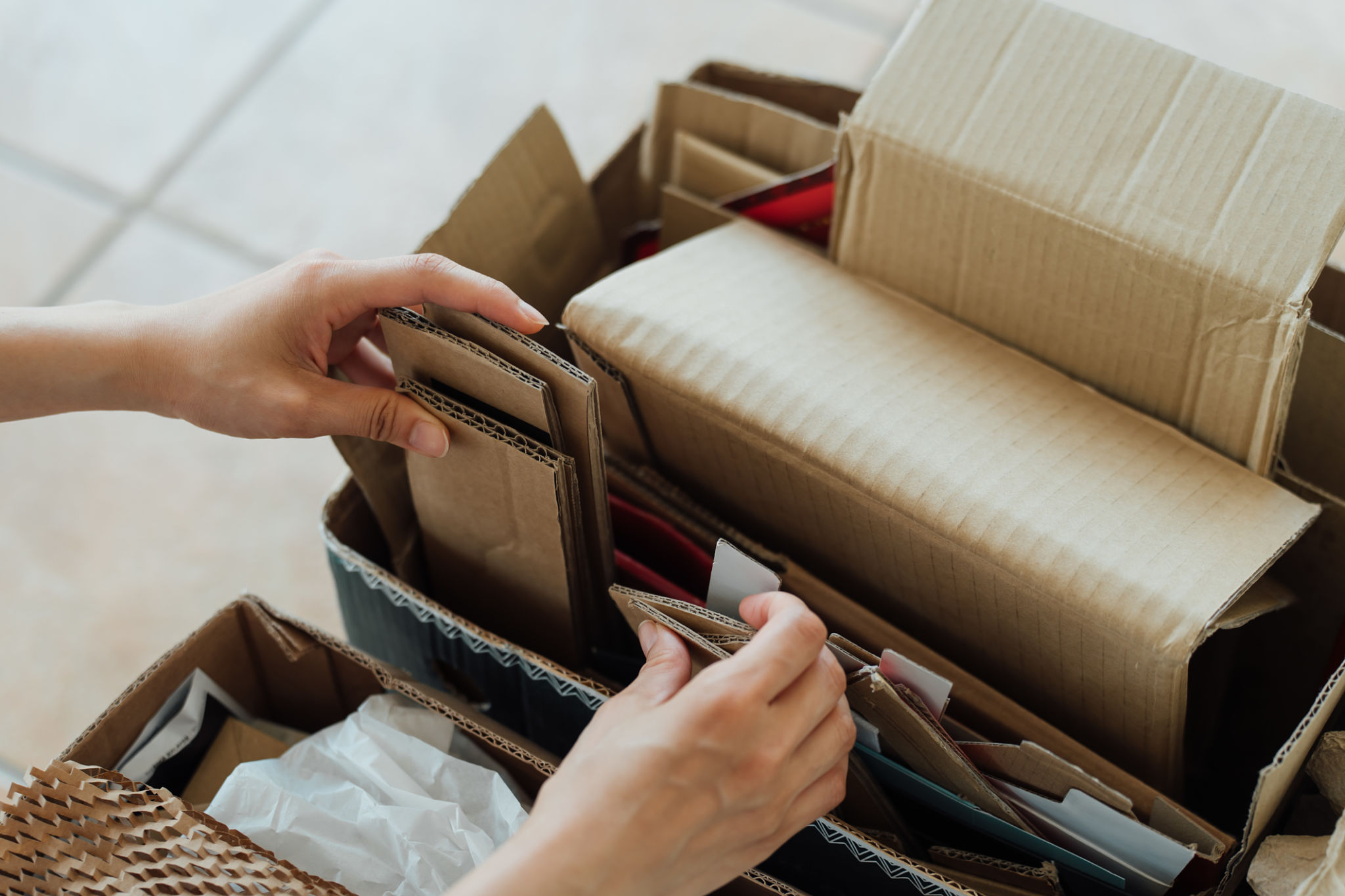Zero Waste Packaging: A Step-by-Step Guide to Sustainable Shipping
Understanding Zero Waste Packaging
As the world becomes increasingly aware of environmental issues, businesses are seeking ways to minimize their ecological footprint. One such method is adopting zero waste packaging in their shipping processes. Zero waste packaging focuses on reducing, reusing, and recycling materials to ensure that no waste ends up in landfills. This approach not only benefits the environment but also enhances brand reputation and customer satisfaction.

The Importance of Sustainable Shipping
Sustainable shipping is crucial for businesses aiming to operate responsibly and ethically. By reducing packaging waste, companies can significantly lower their carbon emissions and contribute to a healthier planet. Moreover, consumers are increasingly favoring brands that demonstrate a commitment to sustainability. Thus, transitioning to zero waste packaging can be a strategic move for businesses looking to attract eco-conscious customers.
Step-by-Step Guide to Zero Waste Packaging
Assess Your Current Packaging Materials
The first step in transitioning to zero waste packaging is assessing your current packaging materials. Identify components that are non-recyclable or excessive and determine areas where you can reduce or replace them with more sustainable options. This assessment will provide a clear starting point for your zero waste journey.
Choose Eco-Friendly Materials
Select packaging materials that are biodegradable, recyclable, or made from recycled content. Options such as corrugated cardboard, paper, and biodegradable plastics are excellent choices. Opt for materials that are certified by recognized environmental organizations to ensure their sustainability.

Implement Minimalist Packaging Design
Minimalist packaging design is an effective way to reduce waste. Focus on creating simple, efficient designs that use the least amount of material necessary while still providing adequate protection for products. Avoid unnecessary layers and fillers, and consider using smaller boxes or envelopes when possible.
Encourage Reusability and Recycling
Design for Reuse
Encourage your customers to reuse packaging by designing it for multiple purposes. For example, create boxes that can be easily repurposed for storage or craft projects. This approach not only extends the life of the packaging but also reinforces your brand's commitment to sustainability.

Provide Clear Recycling Instructions
Ensure that your customers know how to properly dispose of packaging materials by including clear recycling instructions. Use symbols and concise language to guide them on separating and recycling components. Providing this information helps prevent contamination in recycling streams and supports broader environmental efforts.
Monitor and Improve Your Practices
Track Your Progress
Regularly assess the effectiveness of your zero waste packaging strategies by tracking key metrics such as waste reduction, recycling rates, and customer feedback. Use this data to identify areas for improvement and make necessary adjustments to your practices.
Stay Informed and Evolve
The field of sustainable packaging is continually evolving, with new materials and technologies emerging regularly. Stay informed about the latest trends and innovations to ensure your packaging remains at the forefront of sustainability. By doing so, you can continue to meet customer expectations and contribute positively to the environment.

